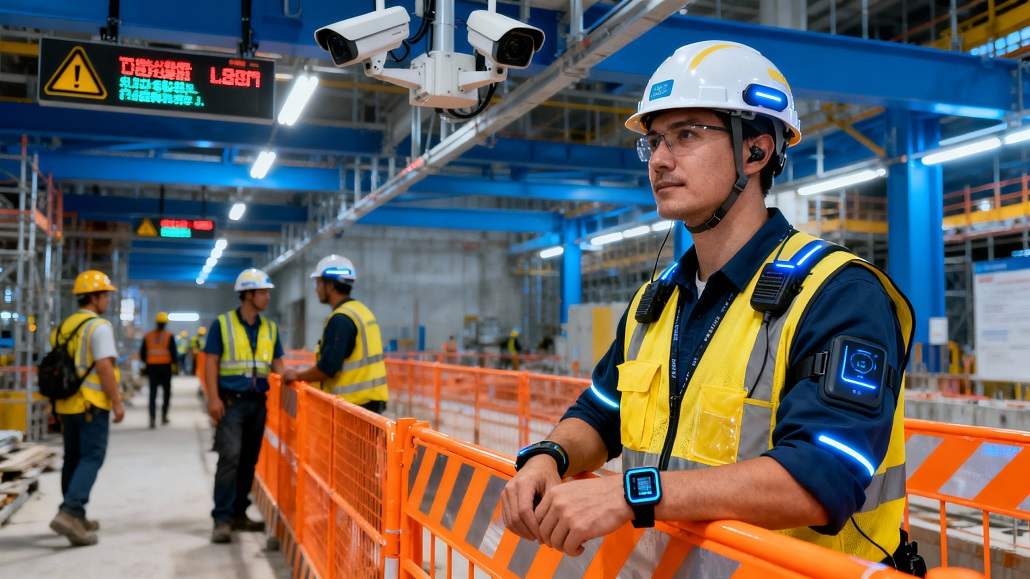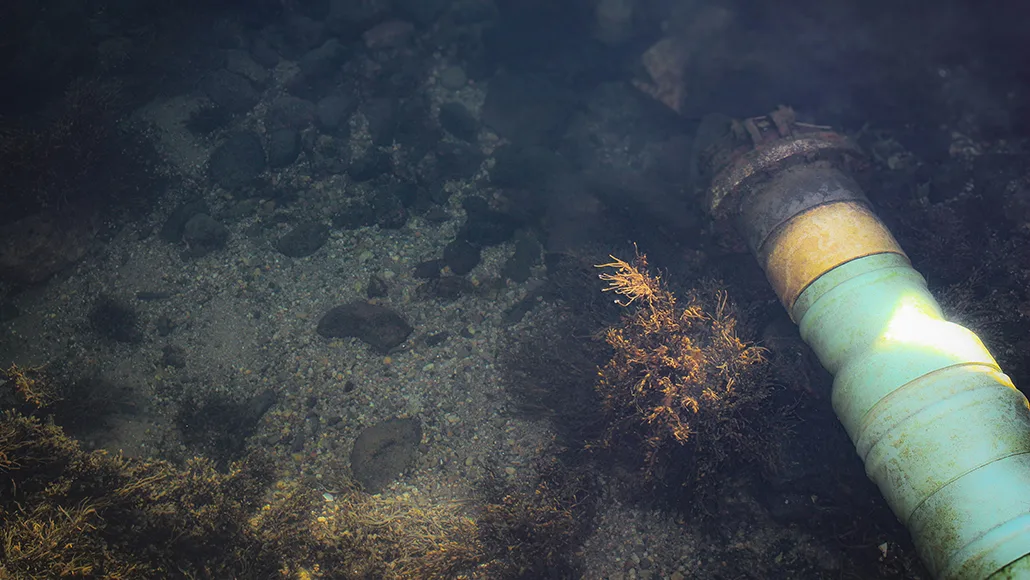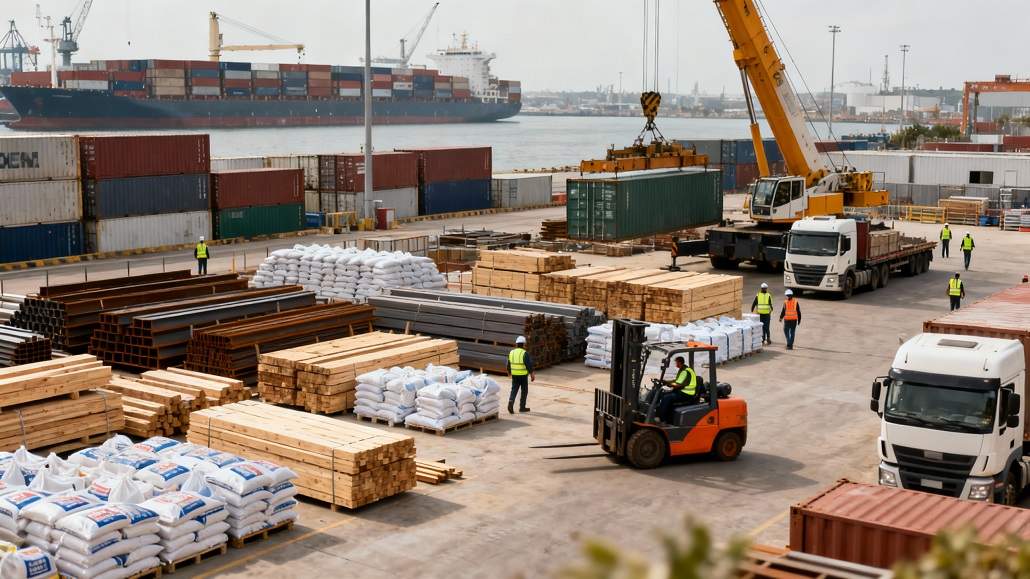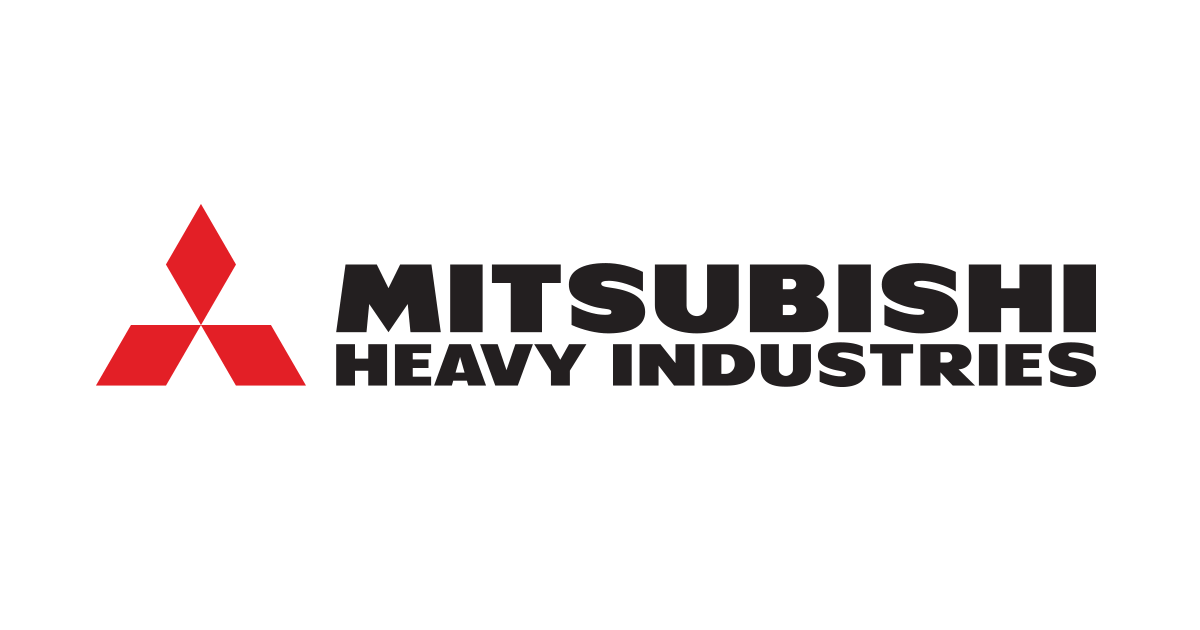At the heart of this mammoth project are machines from Volvo Construction Equipment (Volvo CE)
Kühtai 2 is a hydroelectric power plant that is being constructed in the Kühtai valley in Austria. Once complete in 2026, it will supply over 200 million kwh of renewable energy to the Austrian grid. www.volvoce.com Perched 2,000 meters above sea level in the municipality of Silz in the Tyrolean Stubai Alps in Austria, Kühtai 2 is a significant undertaking by the Austrian utility company, Tiroler Wasserkraft (TIWAG) AG, with an estimated investment of €1 billion. This expansion of the existing Sellrain-Silz series of power plants, includes adding a third reservoir and an additional pumped storage power facility. It will generate around 216 million kwh of electricity annually for the people of Austria, bolstering the existing 531 million kwh output and supporting Austria’s energy transition journey. As TIWAG puts it, “this is not a project for TIWAG, but one for everyone.” Construction management company, Swietelsky, is one of three companies working on the project, alongside Jäger Bau and Bodner, as part of a construction consortium and is taking the technical lead. Project Manager, Peter Wetzlinger, 40, is overseeing the €425 million ARGE portion of the initiative. “A project like this is not an everyday occurrence, and the human factor is also very important to me,” says Peter Wetzlinger. “We are building it with people, and at the end of the day, it should serve people for a long time. “I’ve been here for four years now, and I’m staying until the end. And I’m not alone. It takes a lot of cogs to make the project work. Around 620 people from over 10 countries work here, it’s like a little village with its own canteen. We are all far from home, so the work and social environment is important, and you also have to like it. It’s not just about the money, it’s about being part of the team on a project like this.” Mighty machines for demanding work The construction site is a hive of activity, with around 200 machines at work, of which more than 60 are from Volvo CE. A brand-new Volvo EC950F is the flagship of the excavator fleet. Volvo CE’s largest crawler excavator, this 90-tonne giant is the first of its kind in Austria, with a second set to join the project in Kühtai soon. “We simulated loading cycles, and this resulted in a demand of between 90 and 100 tons,” explains Wetzlinger. “The market for this category of machine is quite large, but for us the choice was limited by who we wanted to partner with. We need partners we can trust. Volvo CE dealer, Ascendum, is a good partner with the quality we are used to.” Above ground, a fleet of Volvo equipment including the Volvo EC950F, Volvo EWR150, EW160 and EWR170 wheeled excavators, as well as EC220, EC250 and EC380 crawler excavators and a variety of Volvo wheel loaders work tirelessly. These include a special machine based on the Volvo L180 but with ‘Reptail’ from the Finnish attachment manufacturer of the same name. “This works like an asphalt paver and levels itself,” explains Wetzlinger. 26 Volvo articulated haulers, varying in size from the A25 to the A60 – the largest articulated hauler on the market – perform the real backbone of the work on the site. Their durable design makes them ideal for the harsh conditions and rough terrain. Fourteen A25 and A30 haulers alone are used for underground work and blasting, transporting material away. “We optimize the cross-sections so that the loading cycles with the Volvo L120, L150 and L180 wheel loader fit the A25 and A30 perfectly,” says Wetzlinger. “These loading cycles have proven themselves in underground work, including many tunnelling jobs in the past. In small tunnels, the A25s are the best machines for reversing up the tunnel and getting everything out with a full load. Although the skill of the drivers here should not be underestimated!” Larger hauler models, like the Volvo A40 and A60 were selected for the earthworks because they excel in off-road and challenging applications. “We needed articulated haulers because the rigid haulers can’t get everywhere, especially in certain areas of the quarry. And we can’t create highways. We need all terrain and all-wheel drive vehicles. And this is where the A60 is truly unique and where Volvo CE is leading the way.” Every week, 30-40 articulated haulers transport 25 tons of bentonite each – a swellable clay material – that is mixed with the core material before being delivered around the site. “Due to the one-way operation, the routes are getting longer, so we are changing the machine fleet and getting more A60 haulers and another large EC950F excavator to help ensure we install the material on time.” A high-altitude mega project The Kühtai power plant will be built underground in a rock cavern that is designed for pumped storage operation and will be powered by two Flensi turbines generating up to 190 MW of electricity. Construction involves several tasks. Underground, this includes the construction of an 8-kilometer network of supply access tunnel

Kühtai 2 is a hydroelectric power plant that is being constructed in the Kühtai valley in Austria. Once complete in 2026, it will supply over 200 million kwh of renewable energy to the Austrian grid.
www.volvoce.com

Perched 2,000 meters above sea level in the municipality of Silz in the Tyrolean Stubai Alps in Austria, Kühtai 2 is a significant undertaking by the Austrian utility company, Tiroler Wasserkraft (TIWAG) AG, with an estimated investment of €1 billion. This expansion of the existing Sellrain-Silz series of power plants, includes adding a third reservoir and an additional pumped storage power facility. It will generate around 216 million kwh of electricity annually for the people of Austria, bolstering the existing 531 million kwh output and supporting Austria’s energy transition journey. As TIWAG puts it, “this is not a project for TIWAG, but one for everyone.”
Construction management company, Swietelsky, is one of three companies working on the project, alongside Jäger Bau and Bodner, as part of a construction consortium and is taking the technical lead. Project Manager, Peter Wetzlinger, 40, is overseeing the €425 million ARGE portion of the initiative.
“A project like this is not an everyday occurrence, and the human factor is also very important to me,” says Peter Wetzlinger. “We are building it with people, and at the end of the day, it should serve people for a long time.
“I’ve been here for four years now, and I’m staying until the end. And I’m not alone. It takes a lot of cogs to make the project work. Around 620 people from over 10 countries work here, it’s like a little village with its own canteen. We are all far from home, so the work and social environment is important, and you also have to like it. It’s not just about the money, it’s about being part of the team on a project like this.”
Mighty machines for demanding work
The construction site is a hive of activity, with around 200 machines at work, of which more than 60 are from Volvo CE. A brand-new Volvo EC950F is the flagship of the excavator fleet. Volvo CE’s largest crawler excavator, this 90-tonne giant is the first of its kind in Austria, with a second set to join the project in Kühtai soon.
“We simulated loading cycles, and this resulted in a demand of between 90 and 100 tons,” explains Wetzlinger. “The market for this category of machine is quite large, but for us the choice was limited by who we wanted to partner with. We need partners we can trust. Volvo CE dealer, Ascendum, is a good partner with the quality we are used to.”
Above ground, a fleet of Volvo equipment including the Volvo EC950F, Volvo EWR150, EW160 and EWR170 wheeled excavators, as well as EC220, EC250 and EC380 crawler excavators and a variety of Volvo wheel loaders work tirelessly. These include a special machine based on the Volvo L180 but with ‘Reptail’ from the Finnish attachment manufacturer of the same name. “This works like an asphalt paver and levels itself,” explains Wetzlinger.
26 Volvo articulated haulers, varying in size from the A25 to the A60 – the largest articulated hauler on the market – perform the real backbone of the work on the site. Their durable design makes them ideal for the harsh conditions and rough terrain. Fourteen A25 and A30 haulers alone are used for underground work and blasting, transporting material away.

“We optimize the cross-sections so that the loading cycles with the Volvo L120, L150 and L180 wheel loader fit the A25 and A30 perfectly,” says Wetzlinger. “These loading cycles have proven themselves in underground work, including many tunnelling jobs in the past. In small tunnels, the A25s are the best machines for reversing up the tunnel and getting everything out with a full load. Although the skill of the drivers here should not be underestimated!”
Larger hauler models, like the Volvo A40 and A60 were selected for the earthworks because they excel in off-road and challenging applications. “We needed articulated haulers because the rigid haulers can’t get everywhere, especially in certain areas of the quarry. And we can’t create highways. We need all terrain and all-wheel drive vehicles. And this is where the A60 is truly unique and where Volvo CE is leading the way.”
Every week, 30-40 articulated haulers transport 25 tons of bentonite each – a swellable clay material – that is mixed with the core material before being delivered around the site. “Due to the one-way operation, the routes are getting longer, so we are changing the machine fleet and getting more A60 haulers and another large EC950F excavator to help ensure we install the material on time.”
A high-altitude mega project
The Kühtai power plant will be built underground in a rock cavern that is designed for pumped storage operation and will be powered by two Flensi turbines generating up to 190 MW of electricity. Construction involves several tasks. Underground, this includes the construction of an 8-kilometer network of supply access tunnels that are being drilled and blasted, as well as a 25.5-kilometer bypass tunnel with a diameter of 4.20 meters. This is being excavated using an 800-tonne tunnel boring machine.
“This is a gravity tunnel in which water is drawn in via six water intakes at a rate of up to 13.5 cubic meters per second,” explains Wetzlinger. The bypass pipeline will open new catchment areas in the central and eastern Öztal valley and the rear section of the Stubaital valley, delivering water into the new Kühtai reservoir. The reservoir itself will have a storage volume of 31 million cubic meters and will fill up two-and-a-half times a year, mainly in the Spring and Autumn.

“In order to fill the reservoir, a 7 million cubic meter dam, with a crest length of 500 meters and height of 106 meters, is being constructed. All material extracted from the underground area is recycled, with loose rock installed in the dam. In addition, we have to blast 2.2 million cubic meters of rock – that’s around 50–60,000 cubic meters a week. We’re using 50 tons of explosives per week and around 16,000 liters of diesel per day.”
Despite the high altitude, the Volvo EC950F is exceeding fuel efficiency expectations, using 50 to 55 liters per day of diesel in full operating mode. “We didn’t believe it at the start, and thought the machine would consume more,” says Wetzlinger. “But Ascendum’s predictions proved correct.”
Top service for a top project
Ascendum is a valued partner on the project. “It’s not just about the price and fuel, but also about the service costs,” says Wetzlinger. “We need reliability and value for money. There are some special machines in use at Kühtai that are not commonplace, so you need experts on-hand if something needs to be fixed quickly. With its large, broad network, Ascendum can have the right people and spare parts on site within a short time.”
The development of Kühtai 2 is a monumental effort, harnessing both human ingenuity and machine power to provide sustainable energy for Austria’s future. It’s also a testament to the importance of strategic partnerships and cutting-edge technology.
www.volvoce.com
Powered by
Induportals Media Publishing

 machineryasia
machineryasia 






